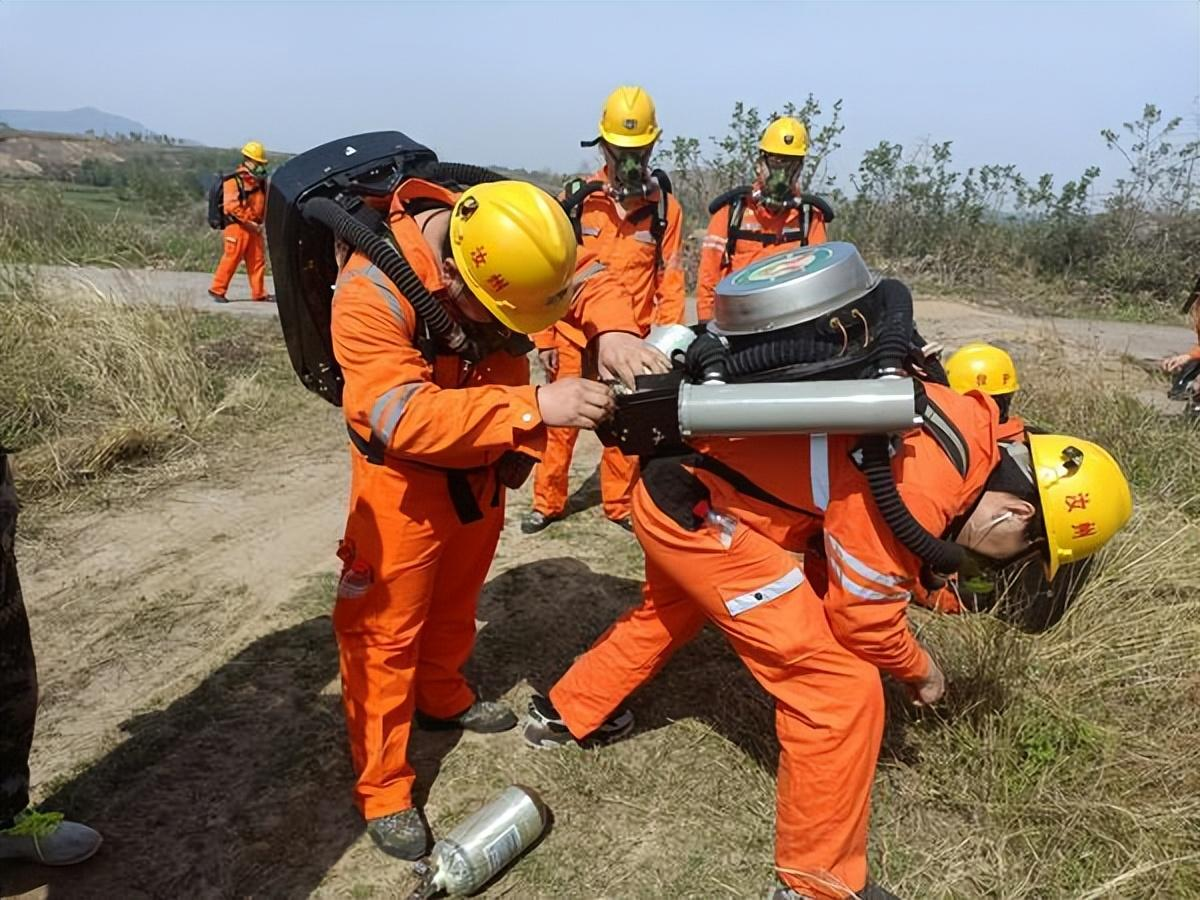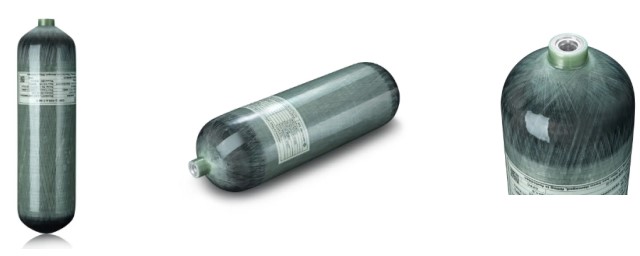Mining operations present significant safety challenges, making the protection of workers a top priority. In emergency situations, the availability of cutting-edge rescue equipment is critical for saving lives. This article delves into the essential aspects of emergency preparedness in mining, emphasizing the advanced rescue tools that play a vital role in ensuring safety.
1. Gas Detection Systems:
Detecting hazardous gases is crucial in mining emergencies. Advanced gas detectors and monitors provide real-time data, allowing rescue teams to respond swiftly. Integrating carbon fiber cylinders with lightweight air supply systems enhances mobility and efficiency in gas-related incidents.
2. Communication Technology:
Effective communication is indispensable during emergencies. Modern two-way radios, satellite phones, and communication beacons ensure connectivity in remote mining areas. The use of carbon fiber components in these devices enhances portability and reliability, making them ideal for rescue operations.
3. Emergency Shelters:
In prolonged rescue scenarios, emergency shelters offer a safe refuge. Portable and quick-to-deploy shelters, constructed with carbon fiber structural elements, provide durability and ease of setup, allowing for rapid relocation and protection.
4. Medical Response Equipment:
Immediate medical attention is vital in emergencies. Advanced medical response kits, including defibrillators, trauma supplies, and automated medical devices, are designed to handle various medical situations. Carbon fiber cylinders, used to store medical gases, ensure a lightweight and secure supply, crucial for effective medical interventions.
5. Surveillance Drones:
Drones equipped with cameras and sensors are essential for surveying inaccessible areas. Lightweight and durable drone components, often made from carbon fiber, enhance flight capabilities, enabling comprehensive surveillance and informed decision-making during rescue missions.
6. Personal Protective Equipment (PPE):
Modern PPE includes advanced materials for enhanced protection. Helmets, vests, and respirators made with carbon fiber offer superior safety without compromising comfort. Carbon fiber cylinders in respiratory systems contribute to the overall lightweight design of PPE, improving mobility and endurance.
7. Robotics for Hazardous Environments:
Robotics are invaluable for accessing hazardous areas remotely. Robotic systems with carbon fiber components are more durable and lighter, allowing them to navigate challenging terrains effectively and safely during rescue missions.
8. High-Visibility Gear:
Visibility is crucial in underground mining environments. Advanced high-visibility gear with integrated LED lights and reflective materials ensures rescue teams are easily identifiable. Lightweight carbon fiber components in helmets and vests enhance comfort during extended operations.
Conclusion:
In the context of mining emergency preparedness, advanced rescue equipment is essential for bridging the gap between potential disaster and safe resolution. The integration of carbon fiber components in these tools not only ensures durability but also significantly improves the efficiency of rescue operations. The lightweight nature of carbon fiber equipment facilitates swift mobility and optimal response times, perfectly aligning with the demanding nature of mining emergencies. As technology advances, the mining industry can continue to leverage these innovations to create safer working environments and enhance emergency response capabilities.
Post time: Jul-09-2024


